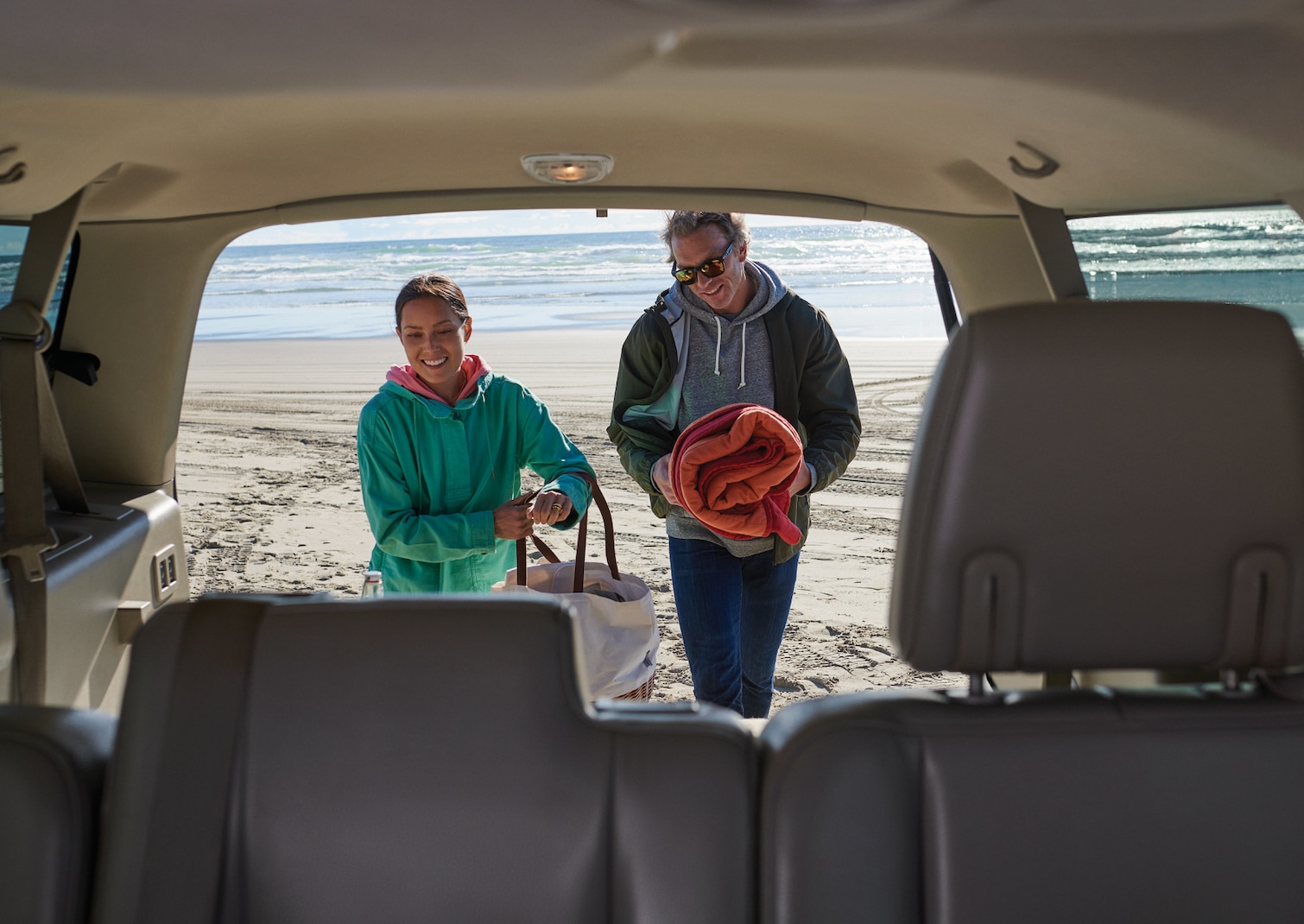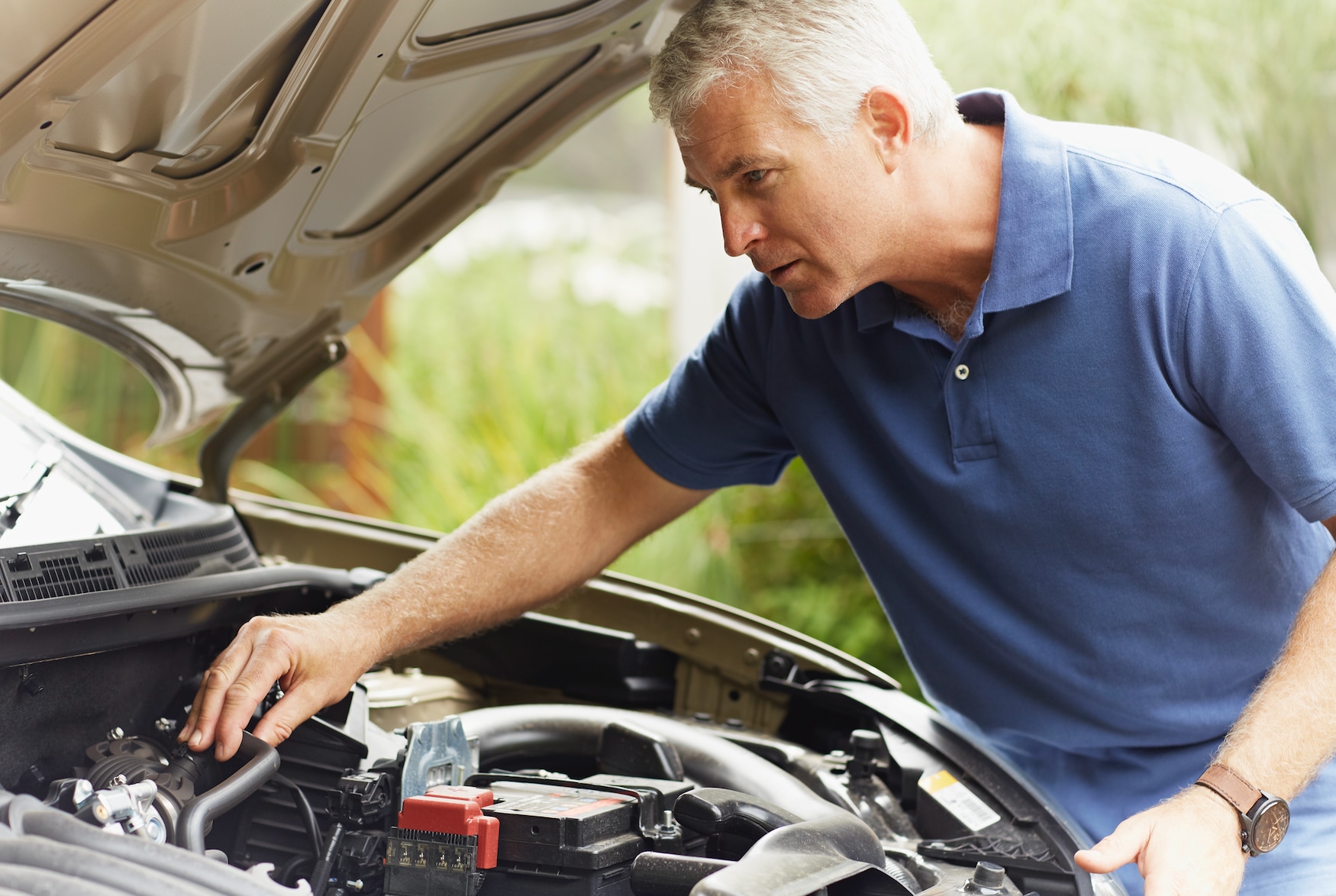Let's start with the car's battery. Look for any corrosion on the battery terminals. You can clean this off yourself with a toothbrush and baking soda. If the car has been sitting for a while, you can attach a battery charger or battery tender to make sure you're working with a full charge. Our Lithia Motors technicians can check the state of charge of the battery and make sure it's in good shape for another summer of driving.
Always check the engine coolant before taking any summer trips. A coolant reservoir feeds antifreeze/coolant into the system. Look through your Owner's Manual to find out where to add coolant to your vehicle. If the coolant level is low, use a funnel to add more coolant to the reservoir. Keep in mind that there are several different kinds of coolant in use today. Consult your Owner's Manual to make sure you are adding the right kind of coolant and use "pre-diluted" coolant.
For the power steering fluid, again check your Owner's Manual to find the reservoir and once you've found it under the hood, open the fill cap. Most come with a dipstick to check the level of fluid. Wipe the dipstick clean and then reinsert it to check the level. Refill to maximum level if it is low and use the manufacturer's suggested power steering fluid.
Checking the brake fluid level is a bit different. If the level inside the brake reservoir looks low, it may be because the brake pads are worn down and the fluid level has dropped to match the wear exhibited by the brake pads. A low level of brake fluid might also mean you have a slight leak in the system. Your local Lithia Motors service center technicians can check your vehicle to make sure the system is sealed and add fluid if necessary.
Make sure your car's engine oil is always topped off. Your Owner's Manual will show you where the engine oil dipstick is as well as the oil fill cap. As vehicles get older, they generally use more oil. Between oil changes it is best to check the oil level by removing the dipstick when the engine is cold, wiping it off, and then replacing it to check the level. Add oil with an SAE that is recommended by the automaker. The SAE tells you the viscosity of the oil.
Most modern vehicles require an engine oil and oil filter change every 5,000 miles. Your Lithia Motors service technician can replace the oil and filter using the manufacturer's suggested products to get you back on the road quick and easy. While checking the fluids, look under the car for any signs of leaks. Also, look for signs of cracks or cuts in the hoses and belts.
The Winter can be rough on windshield wiper blades and you may have used up all the wiper fluid in the reservoir from de-icing. Top off your fluid while under the hood and inspect your wiper blades. Run the wipers and use the fresh fluid to see if your blades leave any streaks on the windshield. We recommend replacing your wiper blades once a year. Just remember that the more you use them, the quicker they wear out.





